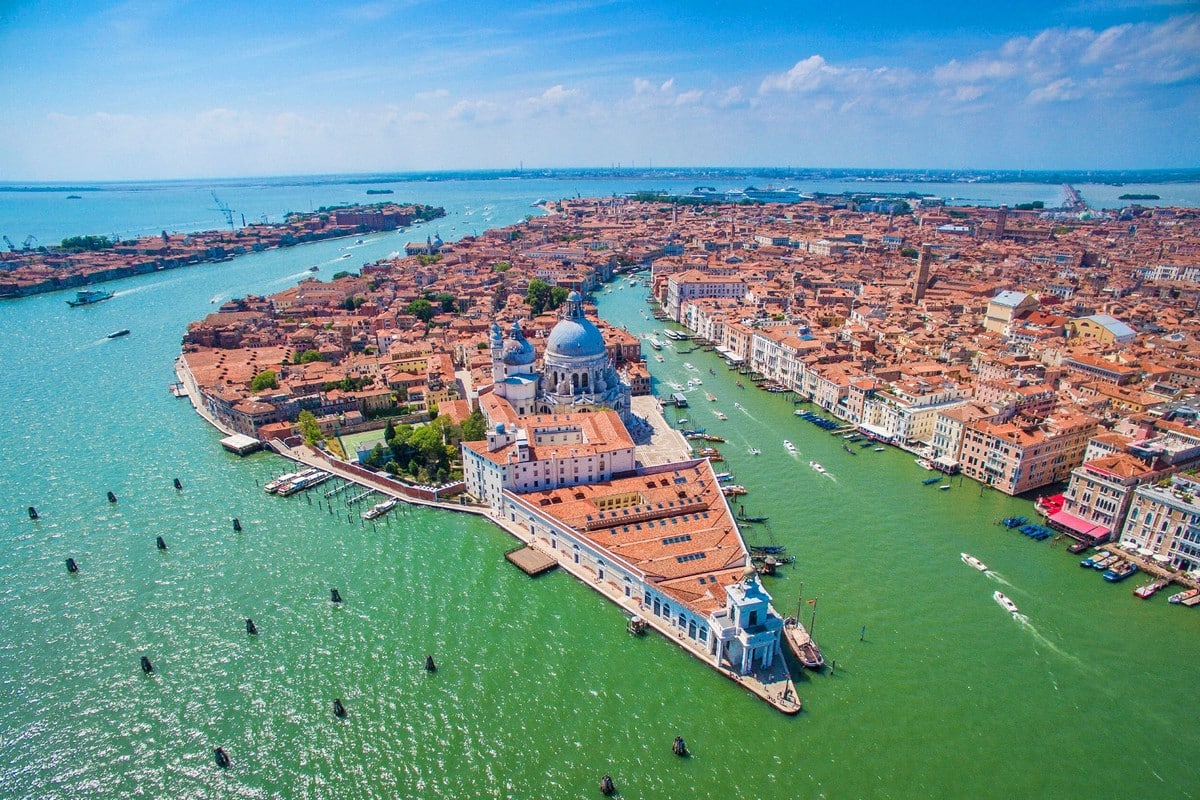Venice is a city located in northeast Italy on 118 small islands, making it a unique and fascinating city to explore. It was founded in the 5th century and has an interesting history as a maritime republic and center of trade and commerce. Venice has a rich cultural heritage, with magnificent architectural masterpieces, including St. Mark’s Basilica and the Doge’s Palace. The city is built on a group of islands and is connected by a series of bridges and canals. Despite the challenges posed by rising waters and tourist crowds, Venice continues to be a popular destination.
Venice is known for its waterways, gondolas, glass-blowing tradition, and vibrant arts scene. The city is famous for its picturesque canals and narrow streets lined with historic buildings. It is a popular destination for its romantic atmosphere, rich history, and delicious cuisine, attracting millions of visitors annually.
Gondola Ride Through the Canals
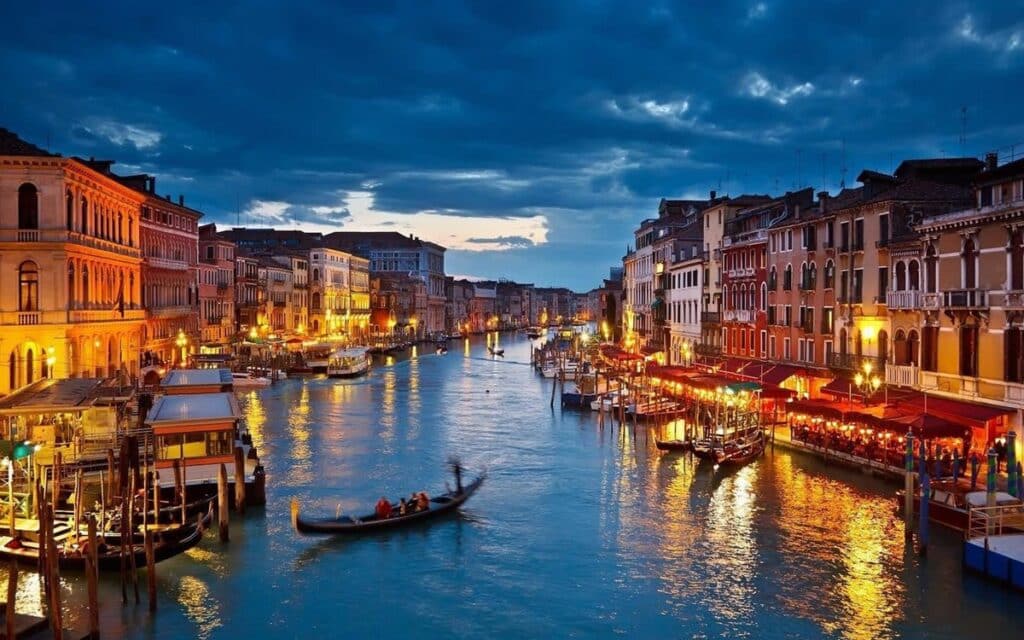
A gondola ride through the canals of Venice, Italy, is an unforgettable experience. Gondolas are the traditional boats of Venice and have been used for centuries as a means of transportation and a symbol of the city’s rich history and culture. The canals of Venice provide a picturesque and romantic setting for a gondola ride, with scenic buildings, bridges, and waterways providing the backdrop for this unforgettable experience. During the ride, you’ll be serenaded by a gondolier, who will sing traditional Italian songs as you glide through the water.
St. Mark’s Square
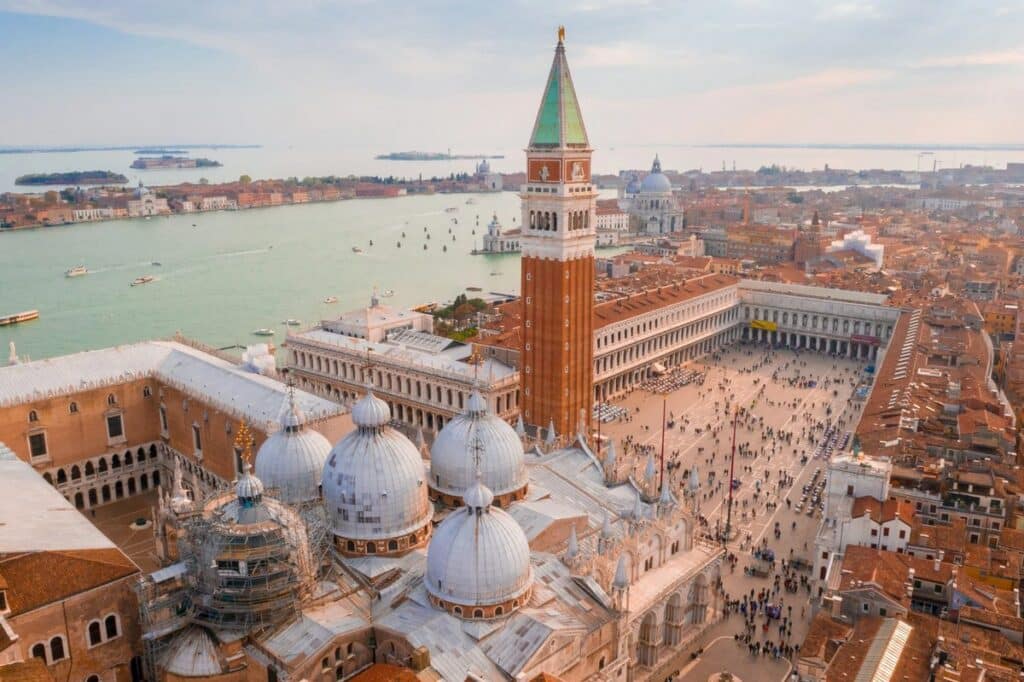
Also known as Piazza San Marco, it is the largest and most famous public square in Venice, Italy. It is located in the city’s heart and serves as a hub of activity, surrounded by some of Venice’s most iconic buildings and landmarks. St. Mark’s Square is dominated by the towering Campanile bell tower, the Basilica di San Marco, and the Palazzo Ducale, all of which are historical buildings and architectural masterpieces in their own right. The square is also home to many outdoor cafes and restaurants, making it a popular gathering place for locals and tourists.
Doge’s Palace (Palazzo Ducale)
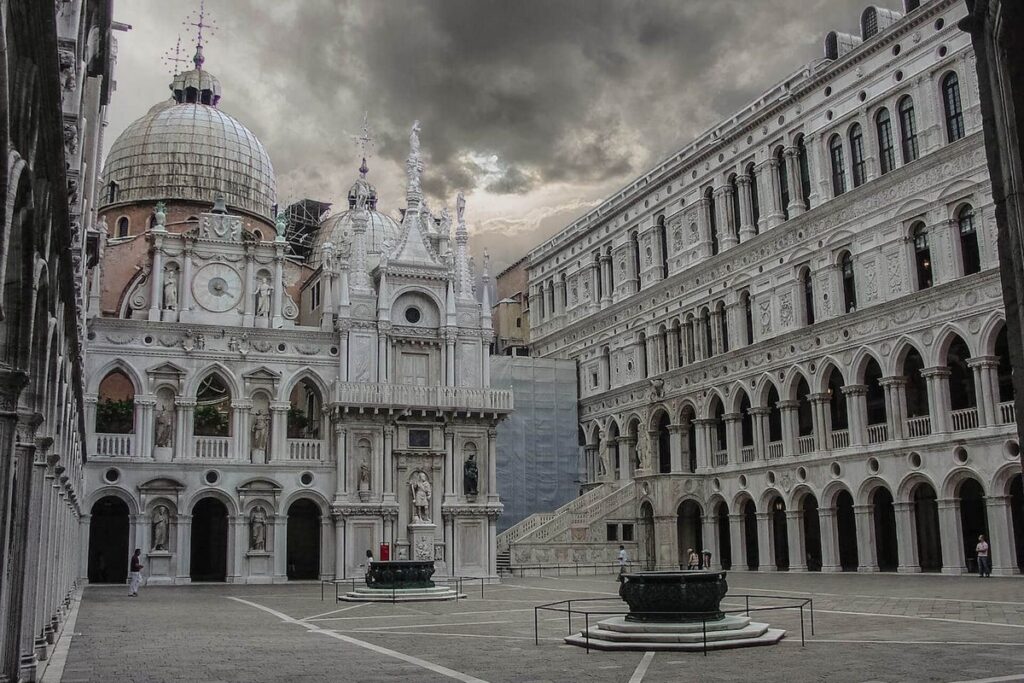
The Doge’s Palace, also known as Palazzo Ducale, is a magnificent Gothic building in St. Mark’s Square. It served as the residence of the Doge, the elected head of the Venetian Republic, from the 9th century until the end of the Republic in 1797. The palace is a magnificent example of Gothic architecture. It is adorned with a wealth of art and sculptures, including works by some of the greatest artists of the Renaissance period. Today, the Doge’s Palace is a museum open to the public, allowing visitors to explore its stunning halls, chambers, and courtyards.
The Neighborhoods of Dorsoduro, Cannaregio and Castello
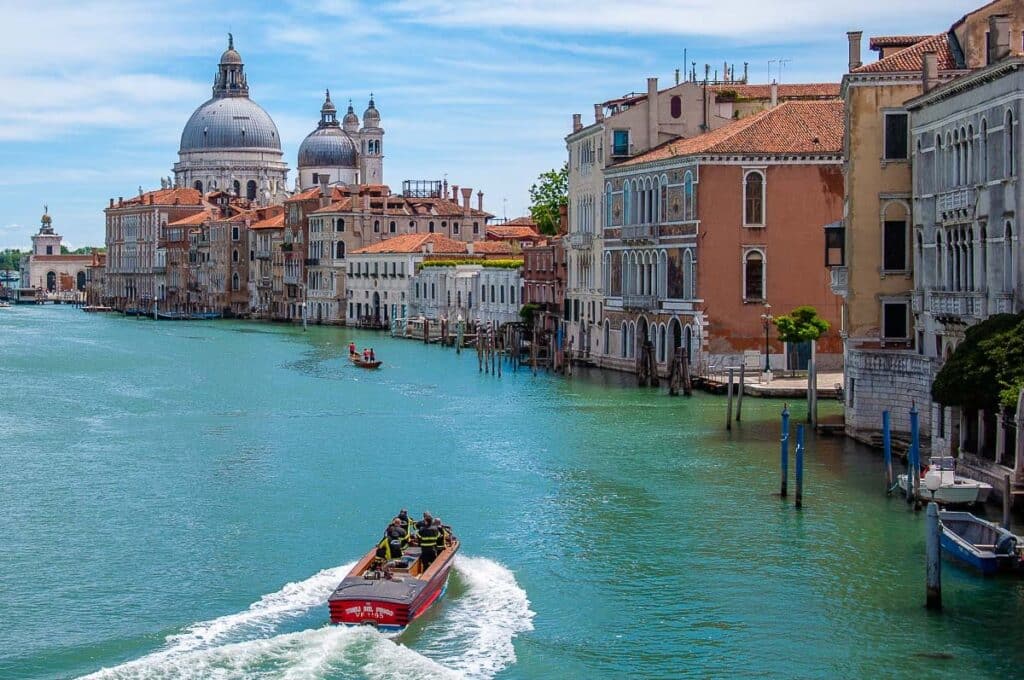
A stroll through the neighborhoods of Dorsoduro, Cannaregio, and Castello is a must-do for anyone visiting the city. These three neighborhoods are some of Venice’s oldest and most authentic areas, and they offer a unique insight into the city’s rich history and culture. Dorsoduro is known for its vibrant arts scene, with numerous museums and galleries showcasing contemporary and classical art. Cannaregio is one of Venice’s largest and most vibrant neighborhoods, with a lively market and numerous restaurants serving traditional Venetian cuisine. Castello is the largest of the six neighborhoods in Venice and is home to several historic landmarks.
Carnival of Venice
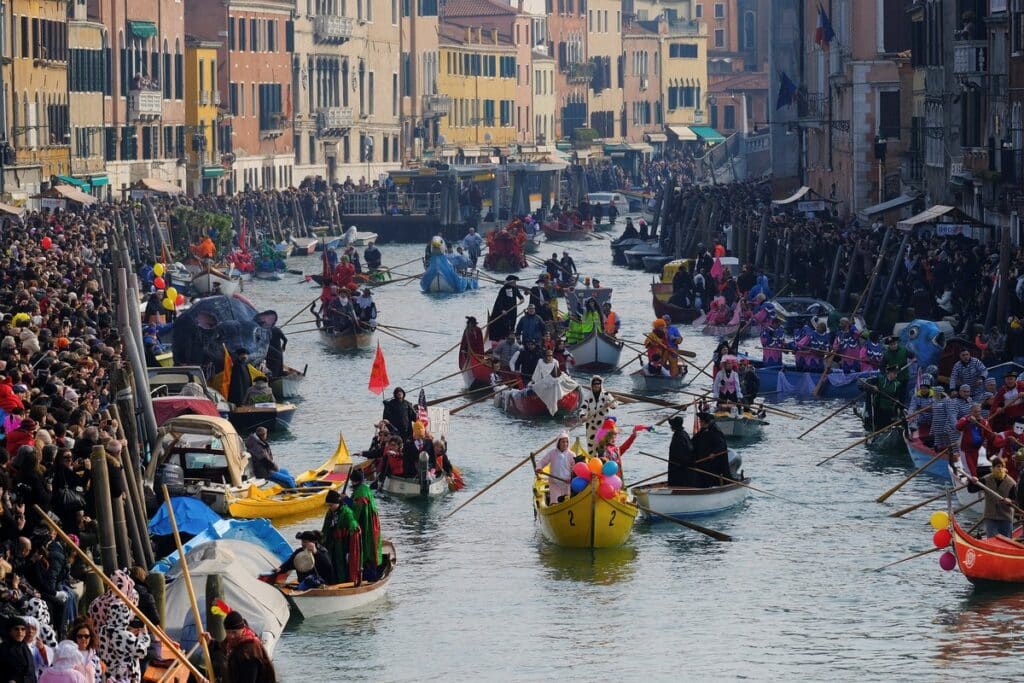
The Carnival of Venice is an annual festival held in Venice in the weeks that lead up to Lent. It is known for its intricate masks and costumes and is one of the world’s most famous and historic carnivals. The origins of the Carnival of Venice date back to the 11th century, and it was once a time for feasting, dancing, and revelry before the start of the Lenten season. Today, the carnival is a major tourist event, attracting visitors from all over the world who come to see the magnificent masks and costumes, attend balls and parties, and enjoy the city’s festive atmosphere.
Peggy Guggenheim Collection
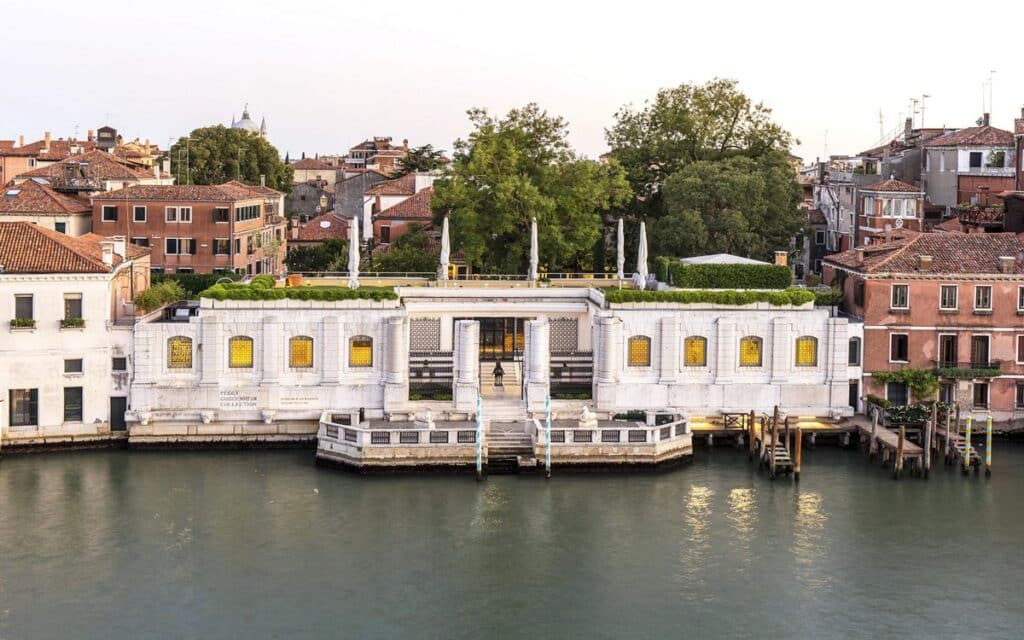
A guided tour of the Peggy Guggenheim Collection in Venice is a must for art lovers. The collection, housed in the Peggy Guggenheim Museum, is one of the world’s most important collections of modern art and features works by some of the most influential artists of the 20th century. During a guided tour, visitors can see works by famous artists such as Jackson Pollock, Pablo Picasso, and Marc Chagall. The museum is located in a beautiful palazzo on the Grand Canal, and the tour will take visitors through its spacious galleries, which are filled with light and overlook the water.
Palazzo Grassi
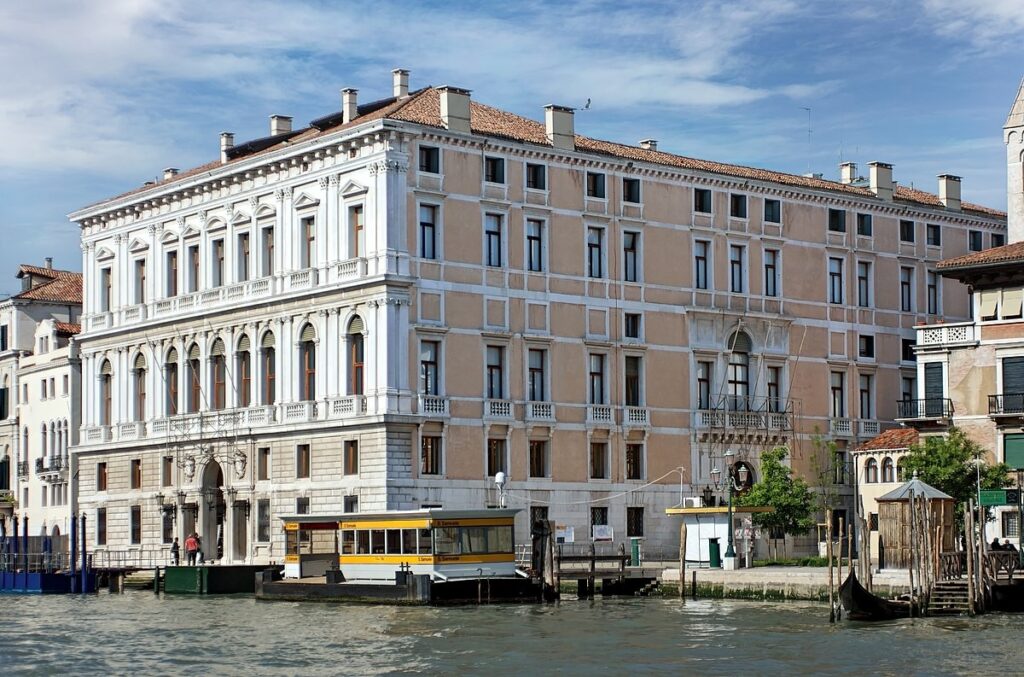
The Palazzo Grassi is a modern art museum located in Venice, Italy. It was designed by the famous architect Gae Aulenti and is housed in an 18th century palace on the Grand Canal. The Palazzo Grassi is home to a significant collection of contemporary and modern art. Its exhibitions cover various styles and media, including painting, sculpture, photography, and video. Visitors to the museum can expect to see works by some of the world’s most important contemporary artists, including Jeff Koons, Damien Hirst, and Taryn Simon.
Historic San Giorgio Maggiore
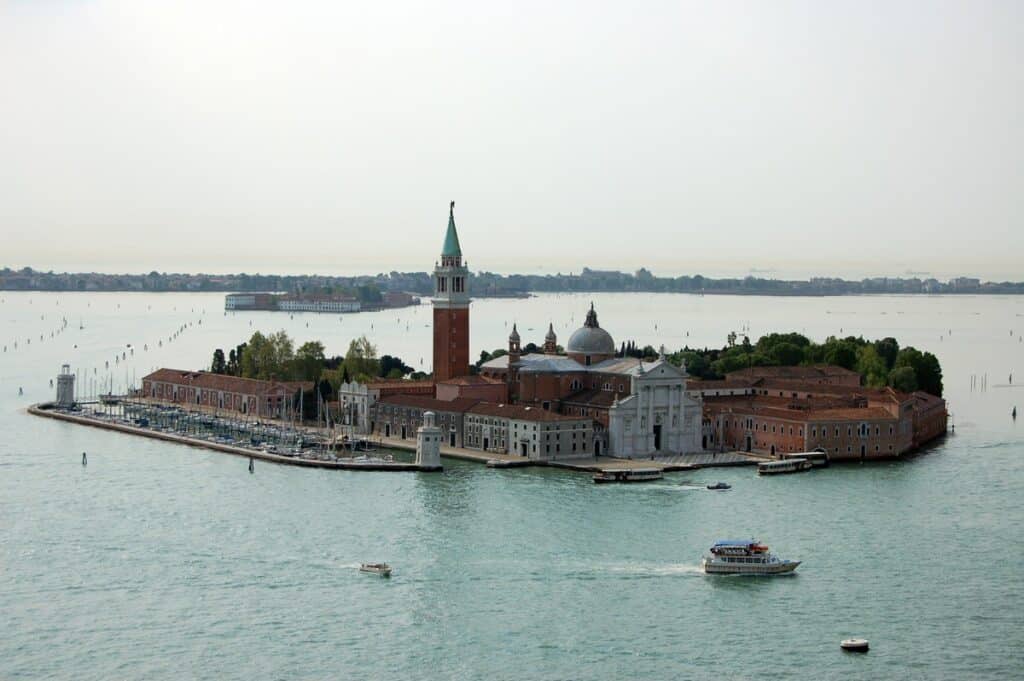
San Giorgio Maggiore is a beautiful 16th century church located on the San Giorgio Maggiore island in Venice, Italy. The renowned architect Andrea Palladio designed the church, which is considered one of his most important works. The church’s exterior is characterized by its white marble facade, tall bell tower, and harmonious proportions. Visitors will find a grand interior, a nave lined by columns, and a stunning high altar. The church also features several important artworks, including paintings by Tintoretto and other well-known artists.
The Beautiful Gardens of the Biennale
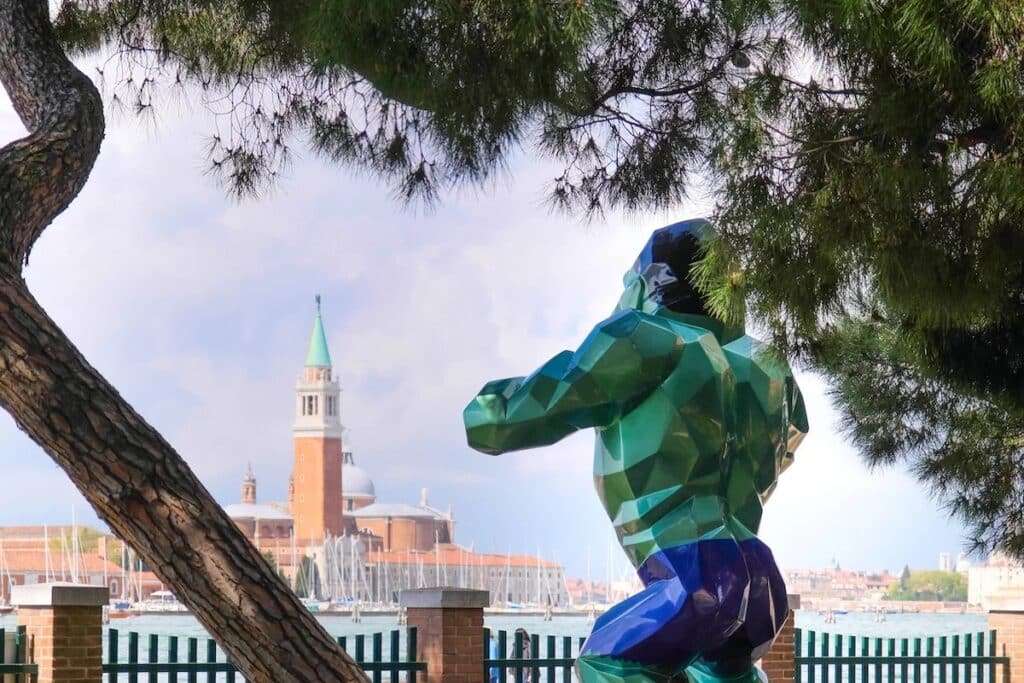
The gardens of the Biennale, officially known as the Giardini della Biennale, were created in the late 19th century to host the International Art Exhibition, now known as the Venice Biennale. The gardens are home to several pavilions, each representing a different country and showcasing works by artists from that nation. The park is a beautiful and peaceful space with well-manicured lawns, shaded paths, and various plants and trees. Visitors can also enjoy scenic views of the nearby lagoon and the city of Venice from the gardens.
The Venice Biennale
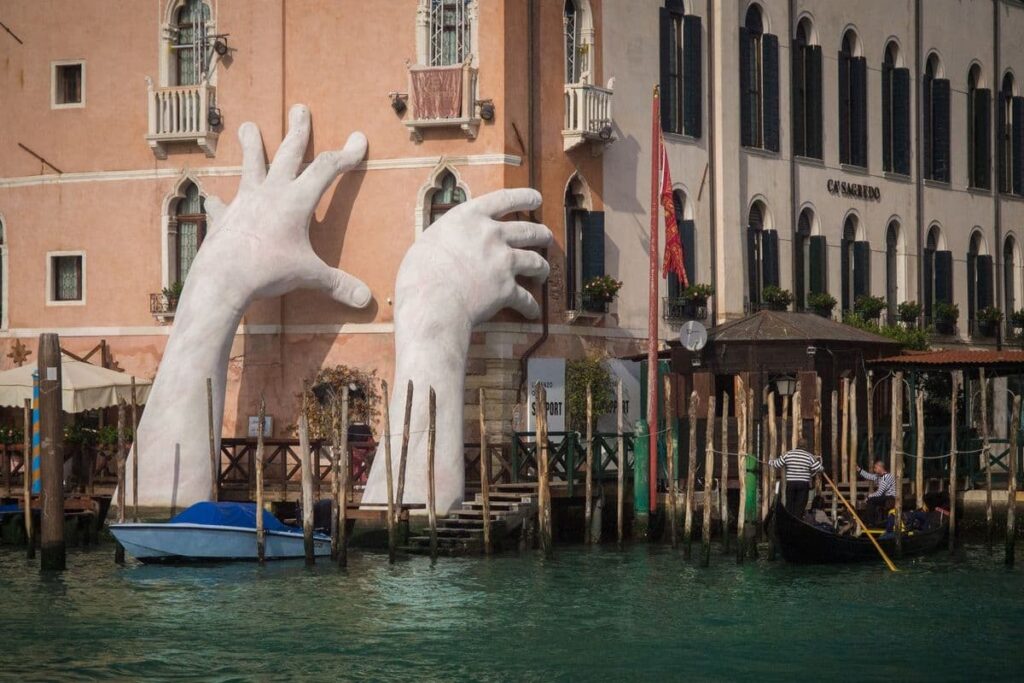
The Venice Biennale is one of the world’s oldest and most prestigious international art exhibitions, held every two years in Venice, Italy. It was first held in 1895 and has since become a major showcase for contemporary art, attracting artists, curators, collectors, and art lovers worldwide. The Biennale features a variety of exhibitions, including national pavilions, curated exhibitions, and collateral events, showcasing the latest trends and developments in art, architecture, and design. The Biennale also offers a unique opportunity to see works by some of the world’s most important artists in a single location.
The Gallerie dell’Accademia
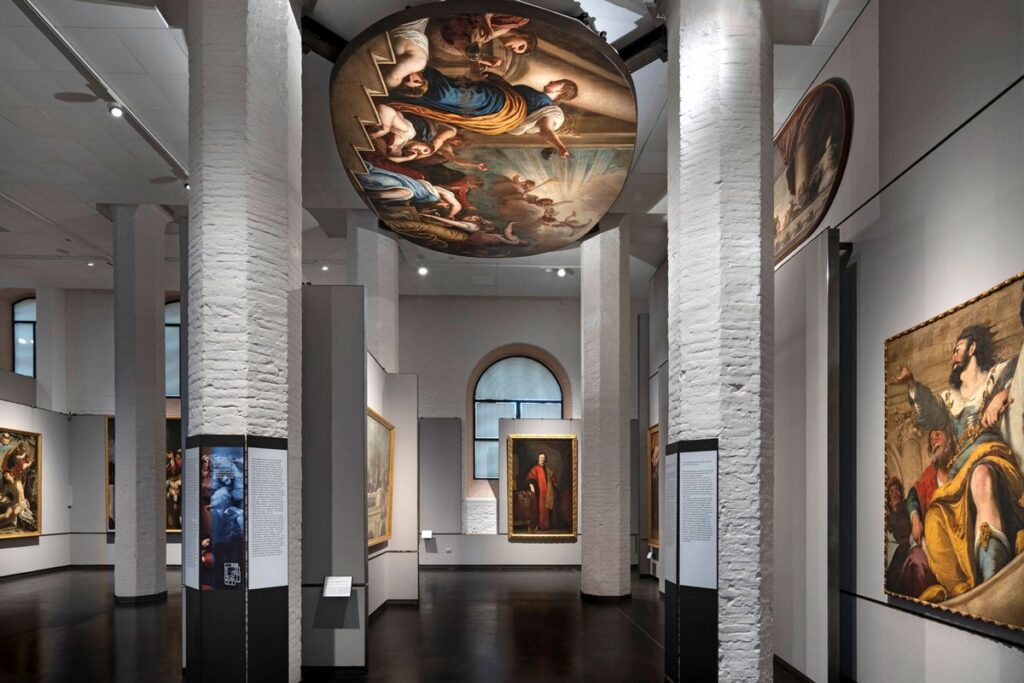
The Gallerie dell’Accademia is an art museum in Venice, Italy, dedicated to the art and culture of Venice from the 14th to the 18th century. It is most famous for its collection of Venetian paintings, including masterpieces by artists such as Bellini, Titian, Tintoretto, and Veronese. The museum is housed in the historic Scuola Grande di San Rocco, a former religious confraternity. It features a beautiful collection of Renaissance paintings and sculptures, and works from the Byzantine era. Visitors to the Gallerie dell’Accademia can also admire the elegant interiors of the Scuola Grande, with its ornate frescoes and gilded ceilings.
The Historic Rialto Bridge
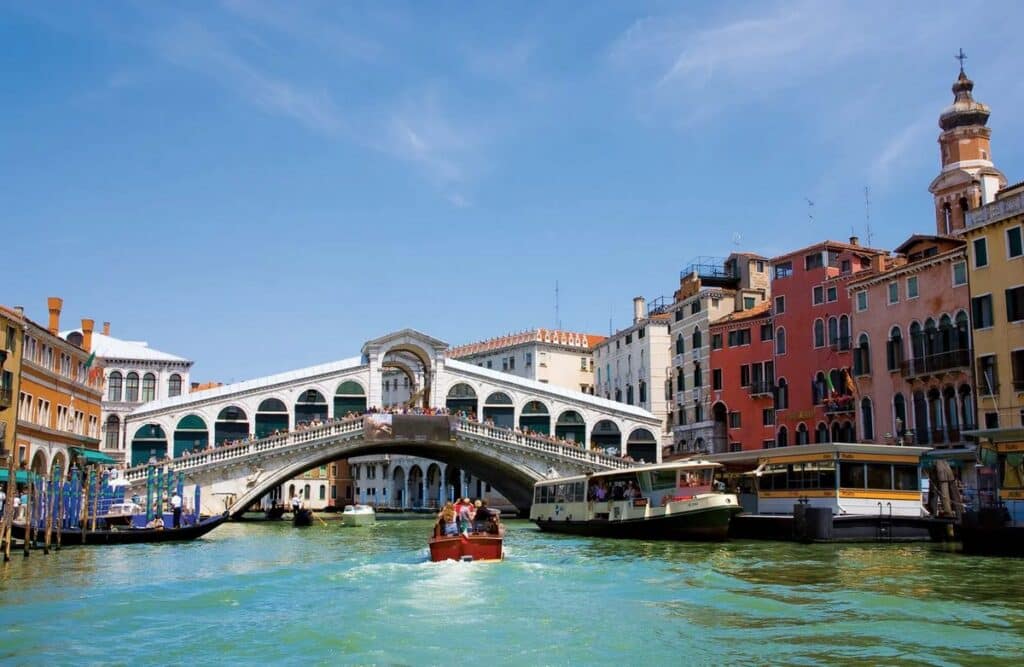
The Rialto Bridge is an iconic landmark and one of the bridges that span the Grand Canal in Venice. It has played a vital role in the city’s commerce and transportation for over 400 years. The current stone bridge was completed in 1591, replacing earlier wooden bridges, and is one of the most recognizable symbols of Venice. With its distinctive arches and elegant design, the Rialto Bridge provides an ideal viewing platform to admire the grand palaces and bustling markets along the Grand Canal. It is also a popular gathering place for tourists who enjoy the stunning views and watch the gondolas glide by.
Europe’s Oldest Jewish Neighborhood
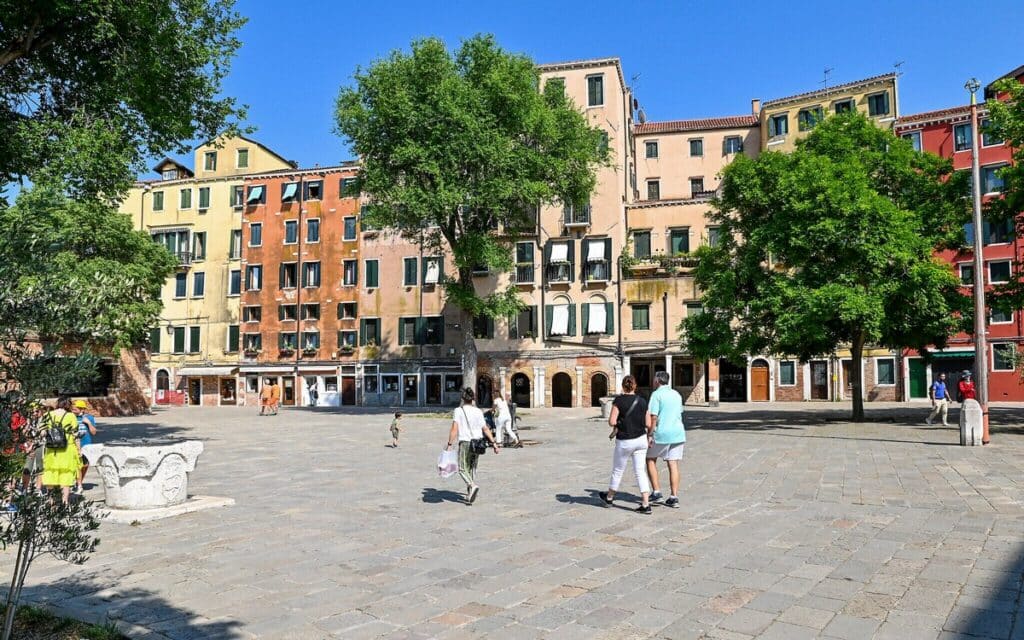
The Venetian Ghetto was the area of Venice where Jews were required to live by law from the 16th to the 18th century. Established in 1516, it was the first of its kind in the world and became a model for other ghettos throughout Europe. Despite the restrictions placed on the Jewish community, the Ghetto became a thriving center of Jewish life, with synagogues, schools, and cultural institutions. Today, the Ghetto is a fascinating historical site, with narrow streets and ancient buildings that exhibit the Jewish community’s rich cultural heritage in Venice.
La Fenice Opera House
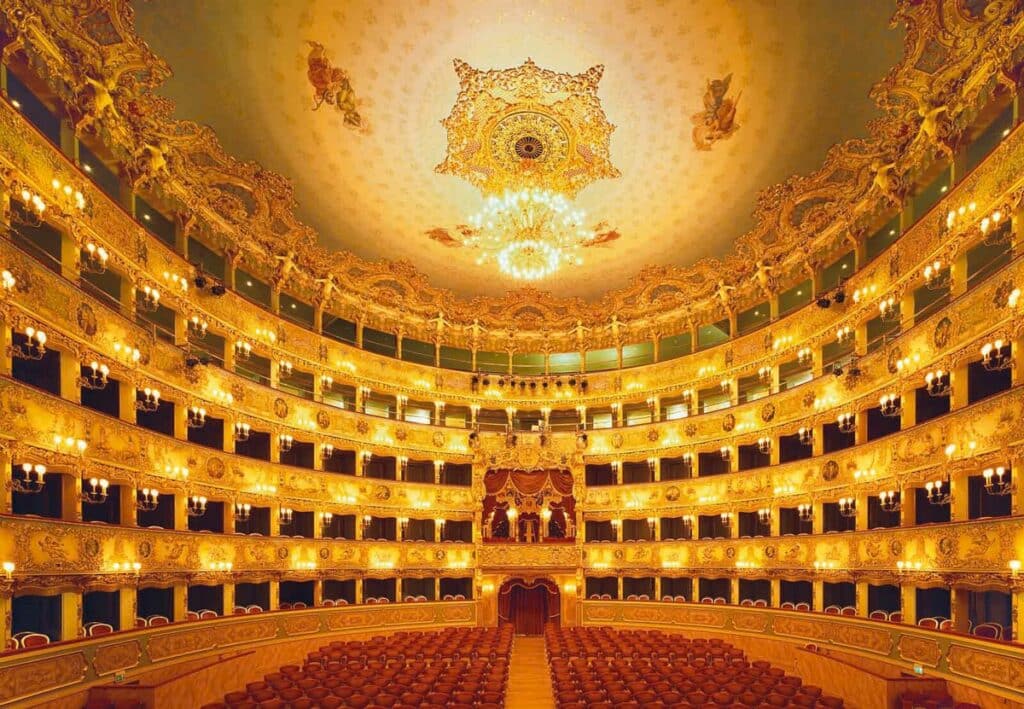
The La Fenice Opera House in Venice, Italy, is a renowned venue that has hosted some of the world’s most famous operas and concerts. Founded in 1792, the opera house was destroyed by fire and then rebuilt twice, with the latest restoration being completed in 2003. The opera house’s interior is a stunning display of the Italian Baroque style, with gilded ceilings, intricate frescoes, and ornate details. On a guided tour of La Fenice, visitors can explore the theater, including the stage and orchestra pit, and learn about its rich history and notable performances.
Souvenirs at Murano
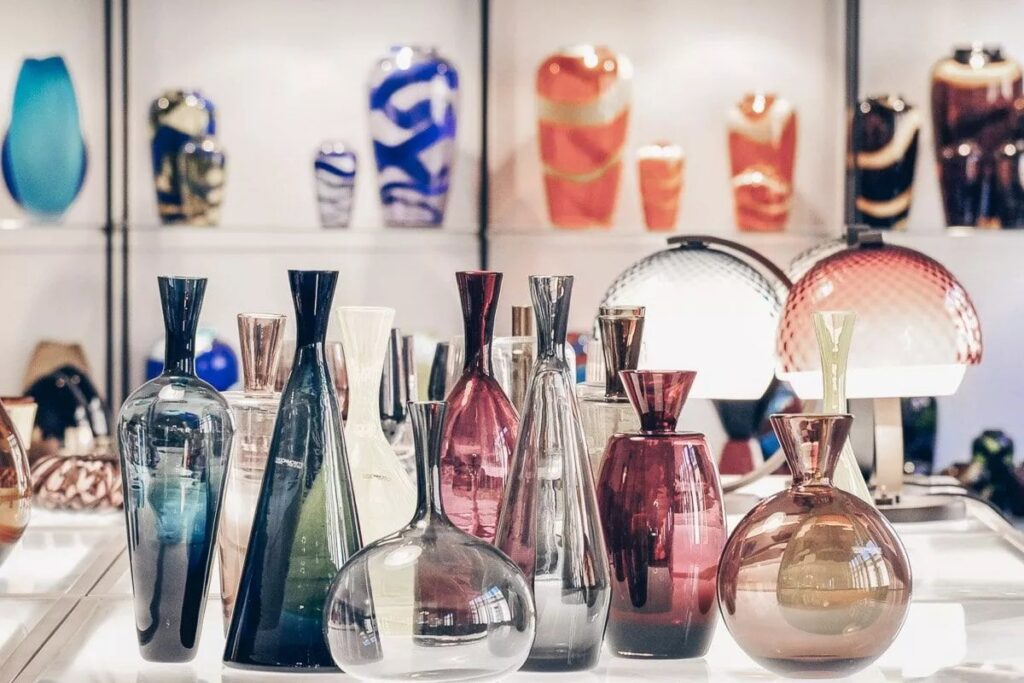
Murano, a small island in the Venetian Lagoon, is renowned for its glass-making traditions and is a must-visit destination for those interested in souvenirs. The island has a long history of glass production, dating back to the 13th century. It is home to numerous glass factories and shops that sell a range of hand-crafted glass products, including jewelry, vases, chandeliers, and figurines. On a shopping trip to Murano, visitors can witness the skilled artisans at work in the glass factories, watch live demonstrations, and learn about the techniques used to create these intricate pieces.
Church of Santa Maria Gloriosa dei Frari
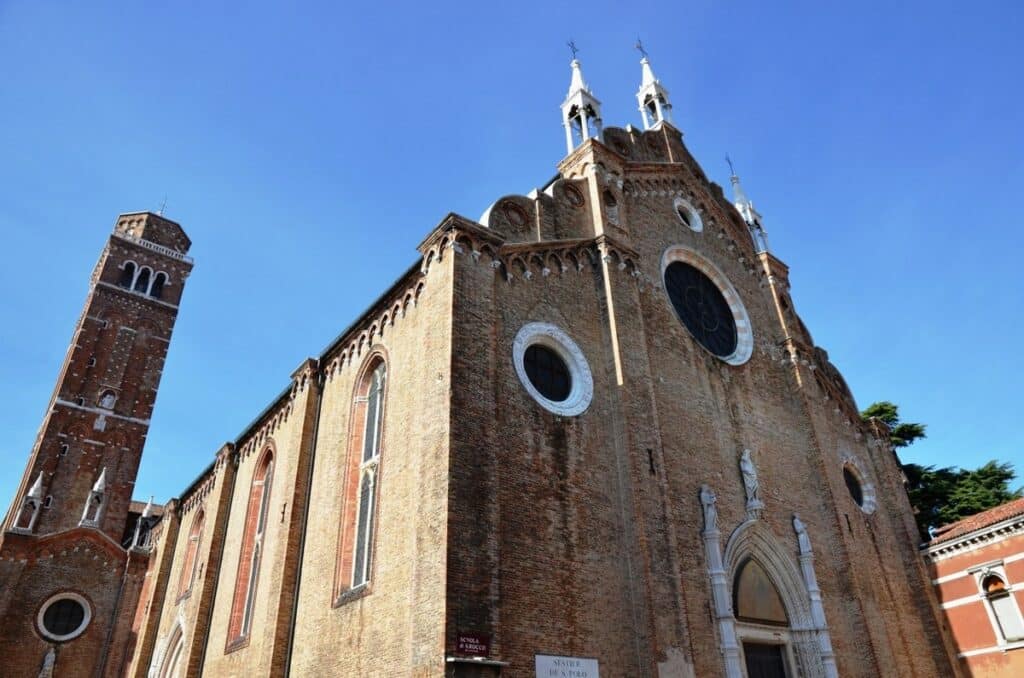
The Church of Santa Maria Gloriosa dei Frari, also known as the Frari, is a stunning example of Gothic architecture in Venice. It is one of the city’s largest and most important churches and is considered one of the masterpieces of Venetian Gothic architecture. The Frari is home to an impressive collection of artwork. Some of the highlights include the tomb of Antonio Canova and the altarpiece by Giovanni Bellini. The church’s interior is characterized by its soaring arches, stained glass windows, and beautiful frescoes. The Frari is a must-see for art and history enthusiasts, as well as those who appreciate the beauty and grandeur of Gothic architecture.
The Scuola Grande di San Rocco
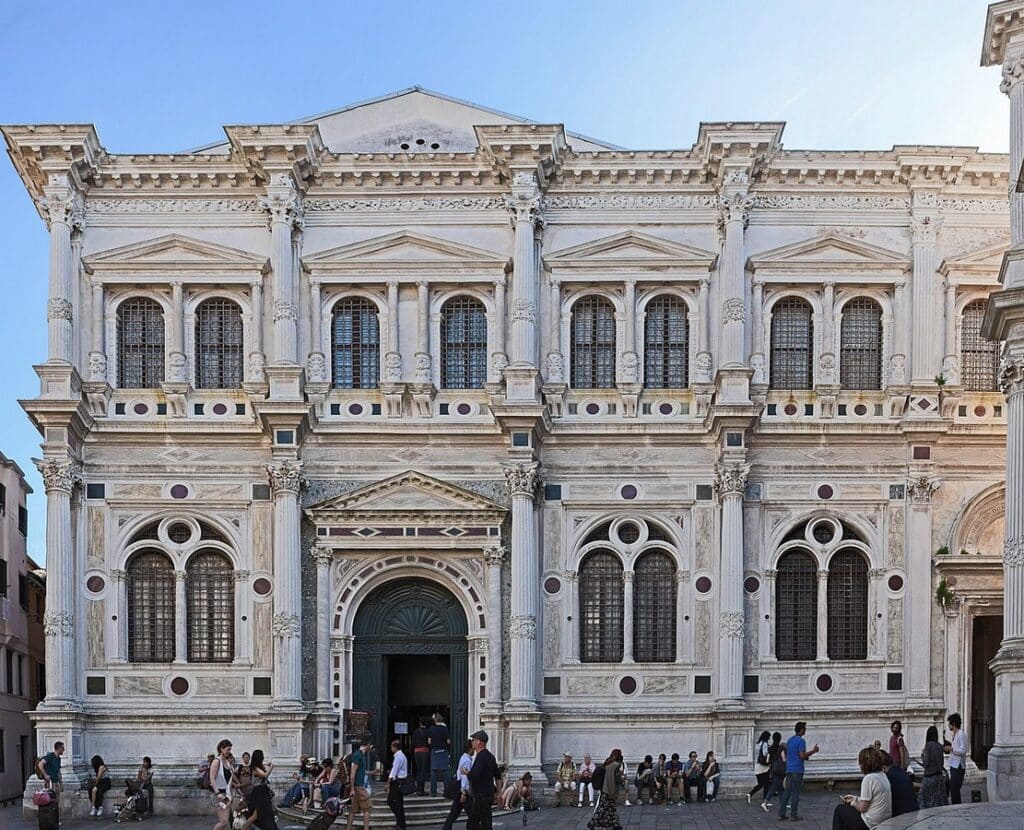
The Scuola Grande di San Rocco is a Renaissance building in Venice and is one of the most important examples of Venetian Gothic architecture. The building was once the headquarters of a confraternity that was dedicated to Saint Roch, the patron saint of plague sufferers, and it was designed to serve as a hospital and place of worship. Today, it is famous for its remarkable collection of paintings and frescoes. The building’s interior is characterized by its ornate decor, which includes gilded moldings, elaborate chandeliers, and carved marble sculptures. The highlight of the Scuola is the Sala Superiore, which is covered in Tintoretto’s stunning cycle of paintings depicting the life of Saint Roch.
